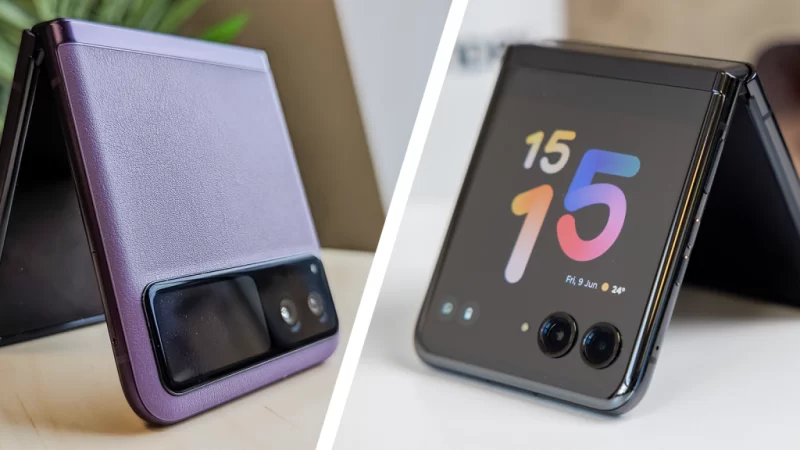Design Sprint: learn about the concept of this methodology and how to apply it in your business

Imagine solving a problem, improving a process or even developing a product in just five days. This is basically the proposal of this methodology, which is increasingly used around the world. To understand more about how it works, check out the article below.
What is Design Sprint?
In the conventional scenario, when a company has an idea, it develops a product and promotes internal discussions to identify its strengths, weaknesses and opportunities. Once this is done, it starts an MVP ( Minimum Viable Product ) to, in contact with the market, test the initial product ideas.
In the Design Sprint, user validation does not happen at the end, but rather in the middle of discussions. As it is an agile methodology, its objective is precisely to speed up the project, allowing route adjustment in a short space of time.
In short, the Design Sprint is focused on solving problems and testing ideas before projects are consolidated and officially brought to market . In this context, the entire process takes place in five days (four, if the methodology is Design Sprint 2.0).
Why is Design Sprint an agile methodology?
Before knowing why the Design Sprint is considered an agile methodology , it is necessary to remember what it means.
The agile methodology is characterized by speed . This means conducting stages of a project, avoiding obstacles and focusing on its completion. All of this within a dynamic, flexible and interactive environment.
It is precisely because of the dynamism defended by the Design Sprint that it is considered an agile methodology. By putting the idea of a product in contact with the end user before its consolidation, the business simulates a real scenario, but with possibilities for quick and, often, less costly adjustments .
What is the Design Sprint for?
The Design Sprint was created to shorten the process between a product concept and its delivery to the market.
Often, a design can take weeks and even longer to be put to the test by users. The objective of this methodology is precisely to avoid this delay, being able to identify opportunities for improvements more quickly.
Therefore, the Design Sprint is suitable for all companies that want speed when raising hypotheses, measuring them and correcting them.
Why use the Design Sprint?
The main reason for a company to incorporate the Design Sprint into its processes is to use resources intelligently . After all, there’s no point investing a large amount of money in an idea if, in the end, users don’t understand your product or worse: don’t use it.
With the methodology, these chances are reduced, as the ideas are put in contact with the public even before their finalization. Thus, the responsible team can anticipate results with concrete inputs and make corrections based on them.
Another advantage of using the Design Sprint is the possibility of working in a diverse group, made up of professionals from different areas who actively contribute. Thus, the elaboration of an idea happens in a more solid way.
Main practices adopted by the Design Sprint
As we said, this methodology involves the contribution of a diverse team. Together, they think of an idea that could be relevant to the customer. From there, they conduct the Design Sprint stages, which last five days. See more:
Day 1: mapping
The first day of the Design Sprint is dedicated to understanding the problem. This problem may be correcting an existing product, improving a process or creating a new product.
At this stage, the team discusses and exhausts all possibilities related to that problem. At the end, a point to be attacked is defined and the goal to be achieved on the fifth day.
Day 2: idealization
With the problem identified, it is time to think of ideas to solve it. Here, it is worth adopting techniques such as brainstorming, so that the team can freely opine and find solutions based on the points raised.
The fact of having a diverse team makes the contributions richer, that is, with different points of view, guided by different perspectives and needs. At the end, all ideas are gathered and discussed.
Day 3: decision
With a problem identified and several ideas raised, the third day is dedicated to deciding which ones will be absorbed and turned into tests.
At this stage, the focus should be on the expected return on each idea, the feasibility of testing them and, of course, ease of implementation.
Day 4: prototyping
After choosing the idea to be tested, it is time to prototype it. Anyone who thinks that this means creating and finalizing a product is mistaken. In fact, the goal is to represent the solution so that the user is able to test it in a controlled environment.
Resources such as online tools and 3D printing are valuable here. The most important thing is to conclude the fourth day with the prototype assembled and the test activities already planned.
day 5: test
After a dense week of discussions, the fifth and final day of the Design Sprint walkthrough is exclusively for testing. Basically, this means putting the prototype in the user’s hands and collecting their feedback in real time.
During this period, the team must analyze and learn from each interviewee interaction. Here it is worth identifying the weaknesses and strengths, in the opinion of each one, as well as their difficulties and facilities during the test.
Final step: learning
At the end of the Design Sprint stages, the team is able to organize all the information collected in the tests and, based on it, create an action plan to continue developing the solution.






